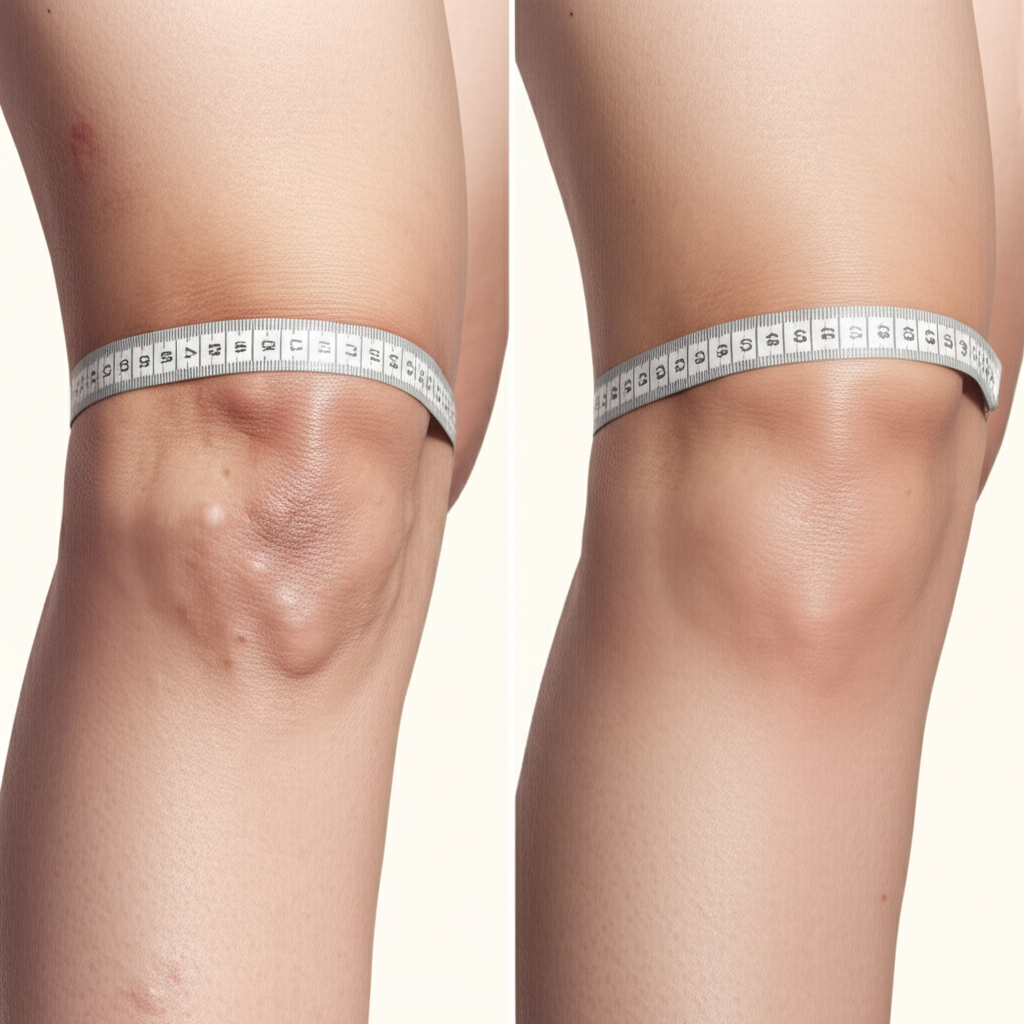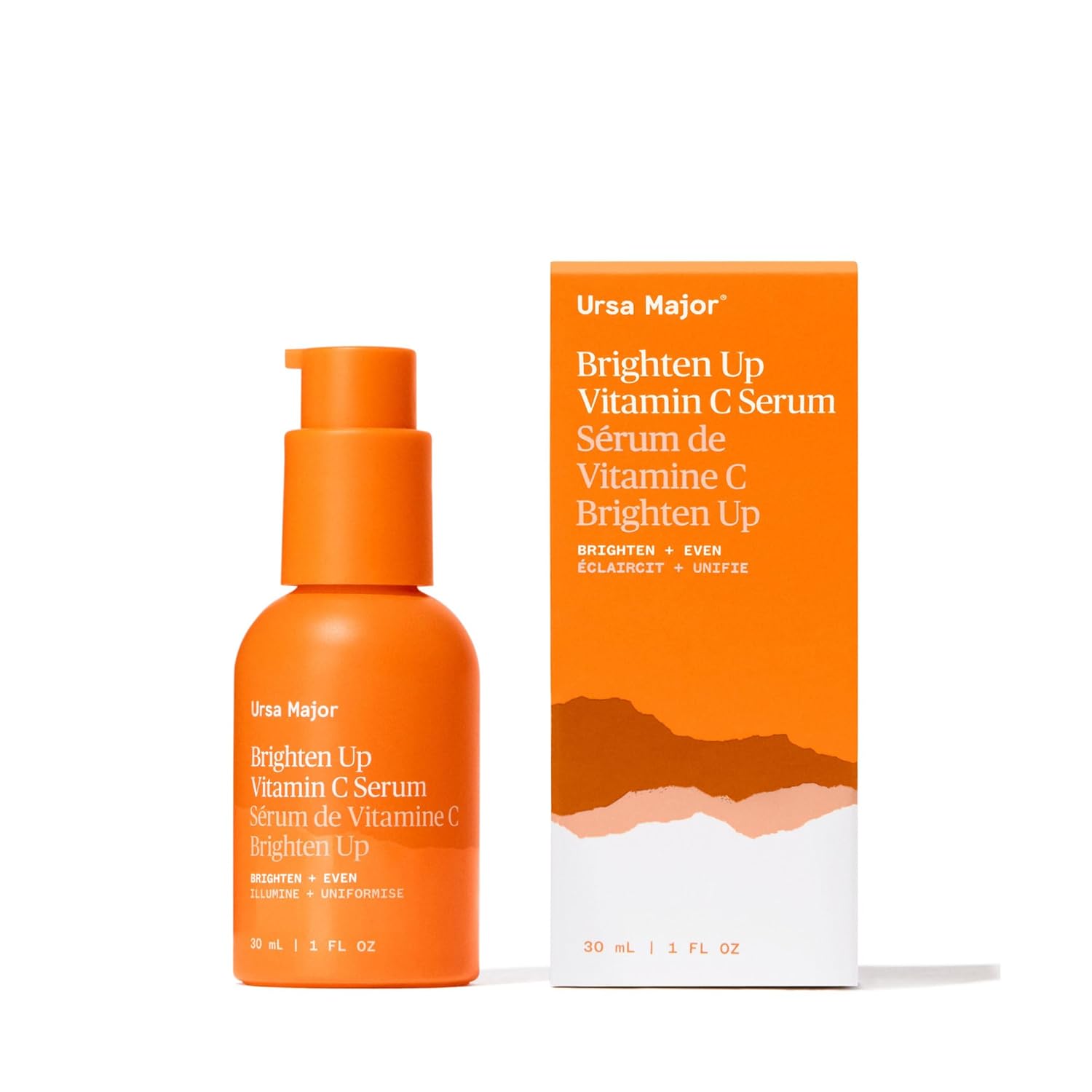Will Weight Loss Help Cellulite? Proven Results

Yes, weight loss can significantly reduce the appearance of cellulite. By decreasing overall body fat, you lessen the volume of fat pushing against connective tissues, making dimples less noticeable. Sustainable healthy habits are key to seeing these proven results.
Do you ever catch a glimpse of your skin and feel a little discouraged by those stubborn dimples? You’re not alone! Many of us have tried countless creams, scrubs, and miracle treatments, hoping for smoother skin, only to be left wondering if anything truly works. It’s easy to get caught up in the constant pursuit of perfection, especially when societal pressures highlight flawless complexions. But what if the most effective solution is already within your reach, connected to something you might be working on anyway – your overall health and weight?
You might have heard whispers or read conflicting advice about whether shedding a few pounds can actually make a difference in how cellulite looks. The good news? It absolutely can! This guide will break down exactly how losing weight impacts cellulite and provide you with simple, proven strategies to help you achieve smoother-looking skin, no matter your starting point.
Understanding Cellulite: It’s Not Just About Weight
Before we dive into how weight loss can help, let’s get a clear picture of what cellulite is. It’s that common, harmless skin condition that causes lumpy, dimply flesh on the thighs, hips, buttocks, and abdomen. You’ve probably seen pictures of it, and chances are, you have it too! It’s estimated that 80-90% of women have cellulite after puberty, so you are definitely not alone.
Cellulite occurs when fat deposits push through the connective tissue bands that run vertically in the skin. In women, these bands are arranged in a way that allows fat to bulge upwards, creating that uneven texture. In men, the bands are arranged more criss-cross, making cellulite less common.
While excess weight can contribute to more pronounced cellulite, it’s important to understand that thin people can have it too. Factors like genetics, hormones, age, and even the thickness and structure of your skin all play a role. So, while weight loss is a powerful tool, it’s not the only factor.
Factors Contributing to Cellulite:
- Genetics: Family history can increase your likelihood.
- Hormones: Estrogen is thought to play a significant role.
- Age: Skin loses elasticity as we age.
- Body Fat Percentage: Higher fat can make cellulite more visible.
- Skin Structure: The way your connective tissues are arranged.
- Lifestyle: Diet, hydration, and activity levels can influence its appearance.
This is why some people who are at a healthy weight still experience cellulite. However, for those looking to minimize its appearance, managing body fat is a very effective strategy.
Will Weight Loss Help Cellulite? The Proven Connection
So, to answer the big question directly: Yes, weight loss can absolutely help reduce the appearance of cellulite. When you lose weight, you decrease the overall amount of fat in your body. Less fat means less bulk pushing through those connective tissues beneath your skin. Imagine a mattress that’s overstuffed – the lumps become more pronounced. When you reduce the stuffing (fat), the mattress surface becomes smoother.
The key here is sustainable weight loss. Rapid weight loss can sometimes lead to loose skin, which might ironically make cellulite appear more noticeable for a temporary period. Focusing on gradual, healthy weight management is the best approach.
A study published in the Journal of Clinical Dermatology highlighted that reducing subcutaneous fat (the fat layer just beneath the skin) is a primary goal in improving the visual characteristics of cellulite. This aligns perfectly with the goals of a balanced weight loss plan.
Think of it this way: weight loss doesn’t eliminate the underlying structure that causes cellulite, but it significantly reduces the pressure and volume that makes those dimples visible.
How to Achieve Weight Loss for Smoother Skin: A Step-by-Step Approach
Ready to take control of your health and see how weight loss can benefit your skin? Here’s a beginner-friendly, step-by-step guide. We’ll focus on sustainable lifestyle changes that benefit your entire body, not just your skin.
Step 1: Set Realistic Goals and Understand Your “Why”
Before you start, take a moment to think about why you want to lose weight. Is it for better health, increased energy, or to feel more confident? Understanding your motivation will keep you going. Aim for gradual weight loss – about 1-2 pounds per week is considered healthy and sustainable. This typically involves a calorie deficit of 500-1000 calories per day from your maintenance level.
Example: Sarah, a stay-at-home mom, wanted to regain her energy and feel more comfortable in her clothes. Her “why” was to be more active with her kids. She set a goal to lose 15 pounds over 3 months, focusing on gradual changes.
Step 2: Nourish Your Body with Whole Foods
Diet plays a huge role in weight loss. Focus on eating nutrient-dense, whole foods that keep you feeling full and satisfied. This means filling your plate with fruits, vegetables, lean proteins, and whole grains.
Foods to Embrace:
- Lean Proteins: Chicken breast, turkey, fish, beans, lentils, tofu. Protein helps you feel full and supports muscle growth.
- Abundant Vegetables: Broccoli, spinach, carrots, bell peppers, leafy greens. They are low in calories and packed with vitamins and fiber.
- Fruits: Berries, apples, bananas, oranges. Great for vitamins, antioxidants, and natural sweetness.
- Whole Grains: Oats, quinoa, brown rice, whole wheat bread. Provide fiber and sustained energy.
- Healthy Fats: Avocados, nuts, seeds, olive oil. Important for hormone health and satiety.
Foods to Limit (Not Eliminate!):
- Processed Snacks: Chips, crackers, cookies. Often high in unhealthy fats, sugar, and sodium.
- Sugary Drinks: Soda, sweetened teas, fruit juices. Empty calories that don’t provide satisfaction.
- Excessive Fried Foods: While tasty, they are calorie-dense and can be harder to digest.
- Refined Grains: White bread, white pasta, pastries. Lack fiber and can lead to energy crashes.
Action Tip: Start by adding one extra serving of vegetables to your lunch and dinner each day. Small, consistent changes are the most effective!
Step 3: Stay Hydrated
Water is crucial for countless bodily functions, including metabolism and skin health. Drinking enough water can help reduce fluid retention, which may temporarily make cellulite look worse. It also aids in flushing out toxins.
Action Tip: Aim for at least 8 glasses (64 ounces) of water a day. You can add lemon, cucumber, or mint for flavor if plain water is a bore. Keep a water bottle with you throughout the day as a constant reminder.
Step 4: Incorporate Regular Movement
Exercise is vital for burning calories, building muscle, and improving circulation – all of which contribute to reducing the appearance of cellulite.
Cardiovascular Exercise: Activities like walking, jogging, cycling, and swimming help burn fat. Aim for at least 150 minutes of moderate-intensity cardio per week.
Strength Training: Building muscle is incredibly important! Muscle is metabolically active, meaning it burns more calories even at rest. Stronger muscles can also help to smooth out the skin’s appearance.
Beginner-Friendly Strength Routine (2-3 times per week):
| Exercise | Sets | Reps | Focus Areas |
|---|---|---|---|
| Squats | 3 | 10-12 | Legs, Glutes |
| Lunges | 3 | 10-12 per leg | Legs, Glutes |
| Push-ups (on knees or toes) | 3 | As many as possible | Chest, Arms, Shoulders |
| Plank | 3 | Hold for 30-60 seconds | Core |
| Glute Bridges | 3 | 15-20 | Glutes, Hamstrings |
Visuals Suggestion: A simple infographic showing how to perform each exercise with proper form.
Action Tip: Start with bodyweight exercises and gradually add resistance bands or light weights as you get stronger. Even a brisk 30-minute walk most days of the week can make a significant difference.
Step 5: Get Enough Quality Sleep
Sleep is not just for resting; it’s when your body repairs and rebuilds. Lack of sleep can disrupt hormones that regulate appetite, leading to increased cravings and potential weight gain. Aim for 7-9 hours of quality sleep per night.
Action Tip: Establish a relaxing bedtime routine. Dim the lights an hour before bed, avoid screens, and try to go to sleep and wake up around the same time each day, even on weekends.
Step 6: Manage Stress Effectively
High stress levels can lead to increased cortisol, a hormone that can promote fat storage, particularly around the abdomen. Finding healthy ways to manage stress is key for overall well-being and can indirectly help with weight management.
Action Tip: Explore stress-reducing activities like deep breathing exercises, meditation, yoga, spending time in nature, or engaging in a hobby you love. Find what works for you!
Real-Life Success Stories: Weight Loss & Cellulite
The power of lifestyle changes isn’t just theoretical. Countless individuals have seen a positive impact on their cellulite appearance by focusing on healthy weight management.
Maria’s Story: Maria, a 42-year-old graphic designer, felt self-conscious about the cellulite on her thighs and buttocks. She was slightly overweight and had tried fad diets in the past with no lasting results. Deciding to focus on a holistic approach, she committed to eating more whole foods, cutting out processed snacks and sugary drinks, and starting with a brisk 30-minute walk 5 days a week. Within 4 months, she lost 12 pounds. She reported that while her cellulite hadn’t vanished completely, it was significantly less noticeable, and her skin looked firmer and smoother. She felt more confident wearing shorts and swimsuits for the first time in years.
David’s Journey (Yes, Men Get Cellulite Too!): David, 35, noticed some dimpling on his abdomen and hips as he gained a bit of weight. He started a consistent routine of strength training 3 times a week and incorporated more protein and vegetables into his diet, while reducing his intake of fast food. Over 6 months, he lost 20 pounds and built muscle. He noticed that the cellulite on his abdomen became much smoother and less defined, attributing it to reducing his overall body fat and increasing lean muscle mass.
These stories highlight that consistent, healthy habits focusing on weight management and overall fitness yield visible improvements.
The Role of Nutrition in Fighting Cellulite
Beyond just calories, certain nutrients can support skin health and reduce inflammation, which may contribute to the appearance of cellulite. Staying hydrated and consuming antioxidants can help improve skin’s elasticity and resilience.
Consider these dietary components:
- Antioxidants: Found in colorful fruits and vegetables (berries, spinach, kale), they help combat free radical damage that can affect skin quality.
- Healthy Fats: Omega-3 fatty acids from fish like salmon, flaxseeds, and walnuts can help reduce inflammation and improve skin texture.
- Collagen-Boosting Foods: While the body uses dietary protein to make collagen, consuming foods rich in Vitamin C (citrus fruits, strawberries) and amino acids can support collagen production.
For more in-depth information on healthy eating for weight loss, the U.S. Department of Agriculture’s MyPlate program offers excellent resources on building balanced meals: MyPlate.gov.
Beyond Weight Loss: Supporting Your Skin
While weight loss is a powerful tool, remember it’s part of a bigger picture. A comprehensive approach often yields the best and most lasting results.
1. Improve Circulation
Good blood flow helps deliver nutrients to your skin and remove waste products. Regular exercise is the best way to boost circulation, but other methods can help too:
- Massage: Regular massages, either professional or self-massage using a dry brush or roller, can stimulate lymph drainage and blood flow.
- Endermologie: This is a non-surgical treatment that uses mechanical massage to reduce the appearance of cellulite. While effective for some, it requires multiple sessions and can be costly.
2. Stay Moisturized
Keeping your skin hydrated externally through moisturizers can make it appear plumper and smoother, temporarily diminishing the look of cellulite. Look for lotions that contain ingredients like caffeine, retinol, or hyaluronic acid.
3. Consider Professional Treatments (Optional)
For those who have achieved a healthy weight and are still looking for further improvements, some medical and cosmetic treatments might be considered. These are typically more advanced and should be discussed with a dermatologist or qualified professional:
- Laser and Radiofrequency Treatments: These can stimulate collagen production and improve skin texture.
- Subcision: A minimally invasive procedure that cuts the connective bands contributing to dimpling.
- Injectables: Certain fillers can be used to smooth out depressions.
Remember, these are often supplementary and work best when combined with a healthy lifestyle. The American Academy of Dermatology Association is a great resource for understanding various skin treatments.
Frequently Asked Questions About Weight Loss and Cellulite
Q1: Will losing weight completely get rid of my cellulite?
A1: For many, weight loss significantly reduces the appearance of cellulite by lessening the fat pressing against connective tissues. However, it may not completely eliminate it due to factors like genetics and skin structure. Consistency is key to seeing noticeable reduction.
Q2: How quickly will I see a difference in my cellulite after losing weight?
A2: It varies greatly per person. You might start noticing subtle changes as you lose fat and build muscle. Significant improvements often become apparent after consistent healthy eating and exercise habits are maintained for several months.
Q3: Is it possible to have cellulite even if I’m underweight?
A3: Yes, absolutely. Cellulite is influenced by genetics, hormones, and the structure of your connective tissue, not just by the amount of body fat. Someone can be underweight and still have cellulite.
Q4: Can I target weight loss specifically in areas with cellulite?
A4: Unfortunately, spot reduction (losing fat from one specific area) isn’t possible. Your body loses fat overall. A combination of a calorie-controlled diet and full-body exercise is the most effective way to reduce body fat, which will naturally decrease fat in areas prone to cellulite.
Q5: What are the best exercises for reducing cellulite?
A5: A mix of cardiovascular exercises (like running, cycling, swimming) to burn fat and strength training exercises that build muscle in areas like the legs and glutes (squats, lunges, glute bridges) are most effective. Building muscle can smooth and tone the underlying layer.
Q6: Do natural remedies or creams for cellulite work?
A6: Most topical creams offer temporary improvements by hydrating or slightly plumping the skin, making cellulite appear less visible for a short time. They don’t address the underlying cause. While some natural ingredients might offer skin benefits, consistent weight loss and exercise are more proven methods for lasting reduction.
Conclusion: Your Path to Smoother Skin and a Healthier You
You’ve learned that achieving a healthier weight is one of the most direct and effective ways to reduce the appearance of cellulite. It’s not about achieving an impossible standard, but about nurturing your body with the right foods, consistent movement, and mindful habits. The “proven results” you’re looking for come from understanding that cellulite is a normal part of many people’s bodies, and while weight loss can make a significant difference in its visibility, it’s also a journey towards overall well-being and increased confidence.
Embrace the process:



